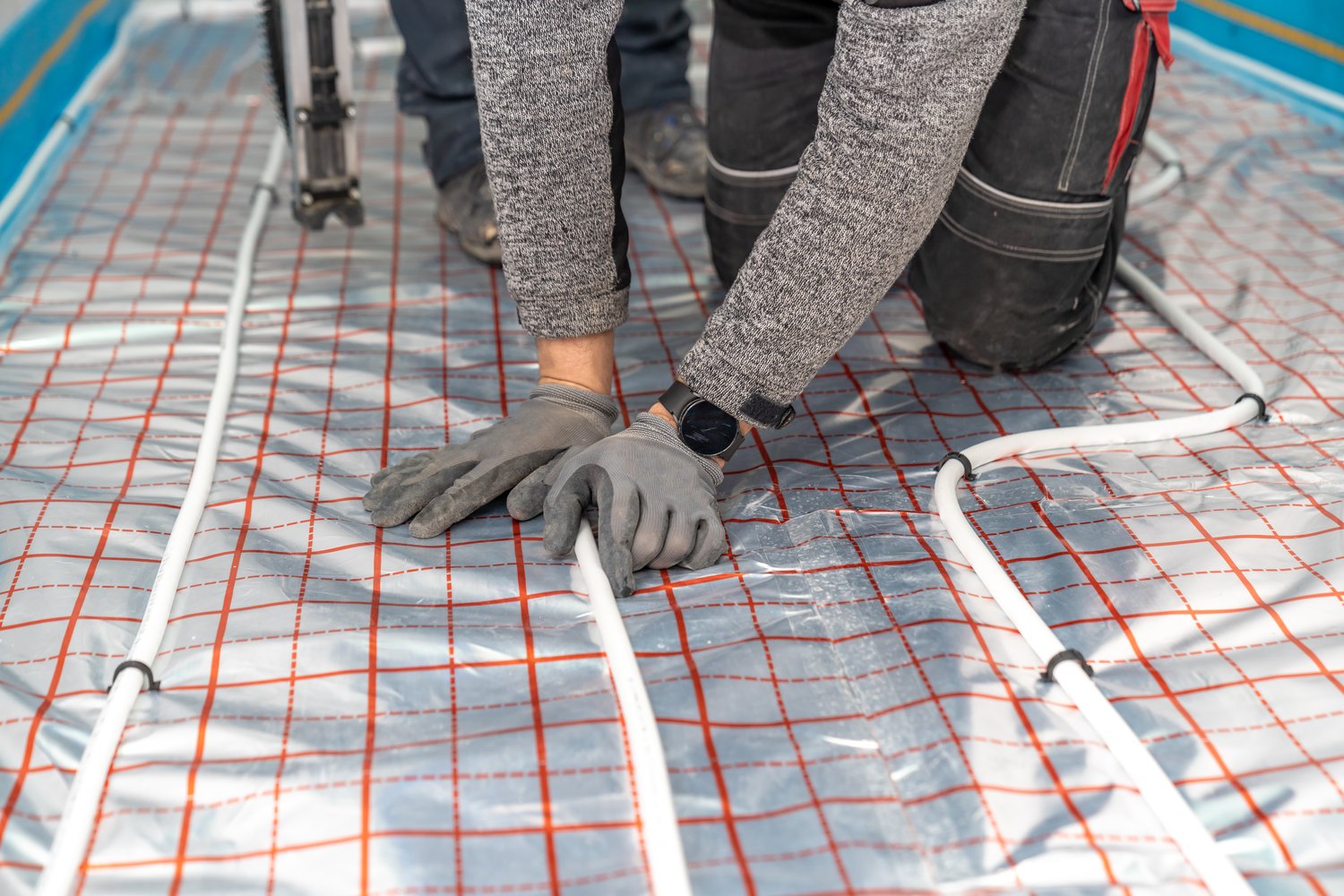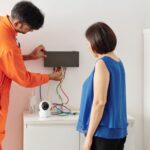As winter approaches and temperatures drop, ensuring your electric radiant floor heating system functions optimally becomes imperative. But what happens when certain zones fail to work, leaving parts of your home cold and unwelcoming? Uncover the intricacies of diagnosing and resolving issues with your electric radiant floor heating zones to maintain a cozy home environment.
- Identify typical issues in heating zones – Gain insight into common problems that can disrupt your system’s functionality.
- Inspect the thermostat and controls – Ensure these critical components are not causing system miscommunications.
- Investigate electrical connections and wiring – Learn how to address faulty wiring that could impair zone heating.
- Assess floor insulation impacts – Understand how proper insulation affects the efficiency of your heating zones.
With the guidance provided in this article, you’ll be equipped to effectively troubleshoot and optimize your electric radiant floor heating system, ensuring consistent warmth and enhancing your home’s comfort.
Investigating Electrical Connections and Wiring Problems
One of the common culprits behind electric radiant floor heating zones not working efficiently is faulty electrical connections and wiring problems. Electrical connections play a critical role in ensuring power is consistently delivered throughout the heating zones. A disruption or fault in these connections can lead to ineffective heating or, in severe cases, a complete system failure.
Begin your diagnosis by visually inspecting all accessible wiring and connections. Look for signs of wear and tear, such as frayed wires, corroded terminals, or connections that are not firmly secured. These symptoms can hint at potential hotspots where electrical flow might be compromised.
Use a multimeter to check for continuity and voltage in the different sections of your heating system. This tool can help you pinpoint where interruptions occur or if there are drops in voltage that suggest a problem. Ensuring that your wiring is in line with industry standards and local electrical codes is essential for both safety and performance.
Consider seeking the help of a certified electrician if you’re uncertain about the integrity of your wiring setup. An expert evaluation can ensure that your entire system is up to code and eliminate risks associated with electrical faults.
Evaluating Floor Insulation Effects on Heating Performance
Floor insulation quality can significantly influence the efficiency of your electric radiant floor heating zones. Proper insulation beneath the floor ensures that heat is directed upwards into your living spaces, rather than being lost downward into the subfloor.
Inspecting the existing insulation involves checking for adequate coverage and identifying areas with potential gaps or compressed materials. Any inconsistencies can lead to uneven heating patterns and increased energy consumption, as the system works harder to maintain desired temperatures.
Evaluate the type of insulation used. Materials such as polystyrene or reflective foils are often recommended for their superior thermal resistance properties. Ensure that the insulation layer is intact and fully covering the undersurface of the heated area.
By improving the insulation quality, you enhance the heating system’s efficiency, bringing down running costs and ensuring a consistently warm floor surface. It’s a worthwhile investment that not only optimizes heating but also contributes to long-term energy savings.
Identifying Issues in Electric Radiant Floor Heating Zones
When it comes to electric radiant floor heating systems, identifying issues promptly is crucial for maintaining comfortable indoor temperatures. These systems can face several common problems that impact their overall functionality.
One prevalent issue is uneven heating, where certain zones might not heat as efficiently as others, leading to cold spots in your home. This can result from faulty wiring or inadequate insulation.
Another common concern is the failure of the entire system to activate, which might be caused by problems within the central controls or the power supply. These issues not only affect comfort but can also lead to higher energy consumption if not addressed swiftly.
To diagnose these problems effectively, look for inconsistent temperatures across different zones and check for signs of malfunction in the system. Keeping an eye on the heating patterns can help detect anomalies early and prevent long-term damage.
Checking the Thermostat and Controls
The thermostat and control system play a pivotal role in electric radiant floor heating by regulating the temperature and ensuring consistent heat distribution. An improperly functioning thermostat can cause significant issues such as the system not reaching the desired temperature or failing to turn on entirely.
Begin by inspecting the thermostat settings. Ensure they’re correctly programmed according to your preferred heating schedule. Check if the thermostat is displaying the correct time and temperature settings, as any discrepancies can lead to inefficient heating.
Another critical factor is the communication between the thermostat and the heating equipment. Ensure that there are no loose wires or connections and that the controls are receiving a strong power signal.
Performing these checks will help avoid miscommunication within the system, ensuring each zone receives the appropriate level of heat and maintaining efficient energy use throughout your home.
Frequently Asked Questions About Electric Radiant Floor Heating Zones
What are common signs of malfunction in electric radiant floor heating zones?
Uneven heating or cold spots on the floor are typical signs of malfunction. Additionally, higher than expected energy bills can indicate inefficiency.
How can I tell if the thermostat is causing the issue?
Check if the thermostat display is functioning normally and the settings are correct. If it doesn’t respond, the thermostat may be faulty.
What should I inspect in the electrical connections and wiring?
- Look for loose or corroded connectors.
- Verify all wiring is properly insulated and secure.
Why is floor insulation important for electric radiant floor heating?
Proper insulation prevents heat loss and ensures energy efficiency by directing warmth upwards rather than into the subfloor.
Can I fix insulation issues myself?
It is advisable to consult a professional for insulation issues to ensure safe and effective solutions.





